Best Cut Bait Rig (Cross Between A Knocker Rig & Fish Finder Rig)
- By: Tony Acevedo
- on
- Found In: Fishing Tips, Inshore Fishing, WEEKLY NEWSLETTER: 10-4-20
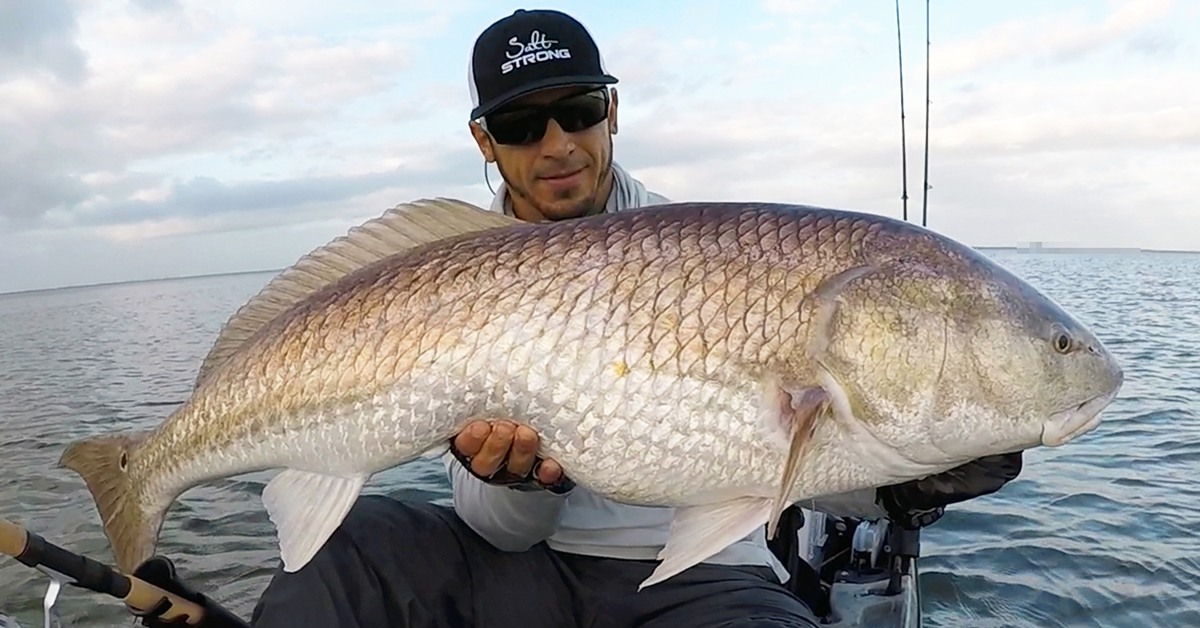
Using cut bait is one of the best strategies to catch big fish, especially bull redfish and big black drum.
You can cast it out near structure or deeper water, let it sit on the bottom, and let the scent attract the fish to it.
But to do that effectively, you need to have your cut bait rigged properly.
In this video, I’m going to show you my favorite rig for cut bait.
It’s sort of like a mix between a knocker rig and a fish finder rig, but with a twist.
Check out the video below to see why I like it, what some potential downfalls of using it are, and how to tie it.
Enjoy!
Best Cut Bait Rig [VIDEO]

Advantages Of This Cut Bait Rig
I like this rig because it’s compact.
Since the weight can slide all the way up to the hook, you can cast it farther than if the weight was on the other side of the swivel.
Just make sure that the rod is loaded up as you swing it back and then lob it into the strike zone.
Another advantage of it being compact is that there’s less of a chance of your line getting tangled when you cast it out, drop it down, or when it’s sitting on the bottom.
And finally, since the egg sinker can reach your hook, if you get snagged just let some slack in your line and then pull it tight.
The sinker will knock against the hook, potentially knocking it loose.
Potential Downfalls Of This Rig
No rigs are perfect and the biggest potential downfall of this rig is that if you get broken off by a fish above the swivel, then the fish essentially has an anchor attached to it with the hook, leader, weight and swivel.
To stop this from happening, I highly recommend going lighter on your leader than your mainline so that one of your leader knots will break before your mainline knot and the fish won’t get stuck dragging the egg sinker around.
If you’re going after big fish, this means you’ll likely need to up your mainline.
Also, this rig isn’t meant for drifting, it’s meant for casting into the strike zone and letting your bait soak on the bottom.
If drifting your bait into the strike zone is your strategy, you might want to choose another rig.
How To Tie This Cut Bait Rig
Here’s how to tie this rig:
Step 1: Attach a swivel to your mainline with a palomar knot.
Step 2: Attach your leader to the swivel with a trilene knot.
Step 3: Slide an egg sinker onto your leader.
The size of the sinker will depend on water depth and current.
Step 4: Tie a circle hook to your leader using a trilene knot.
The size of the hook depends on how big of bait you’re using.
Conclusion
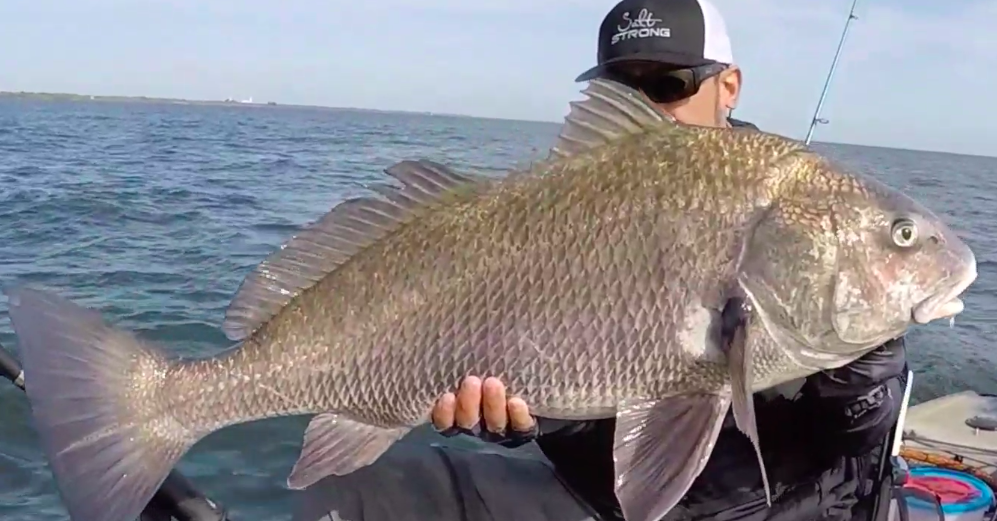
This is my go-to rig when I’m using cut bait for big black drum and bull redfish because it lets me cast far and decreases the chance my line will get tangled.
What’s your favorite cut bait rig?
Have any questions about tying this rig?
Let me know down in the comments.
And if you know someone who needs to see this rig, please TAG or SHARE this with them!
P.S. Want access to our best fishing spots and tips, plus discounts to our online tackle store? Click here to join us in the Insider Club!
Related articles:
Related categories:
STOP WASTING TIME ON THE WATER!
Do what the “SMART ANGLERS” are doing and join the Insider Club.
Here’s what you’ll receive today when you join:
- Weekly fishing reports and TRENDS revealing exactly where you should fish every trip
- Weekly “spot dissection” videos that walk you through all the best spots in your area
- Exclusive fishing tips from the PROS you can’t find anywhere else
- Everything you need to start catching fish more consistently (regardless if you fish out of a boat, kayak, or land).




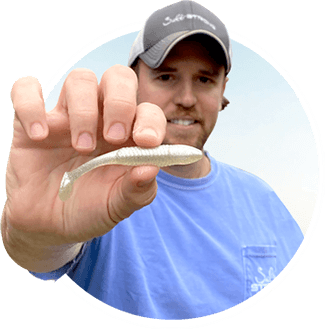
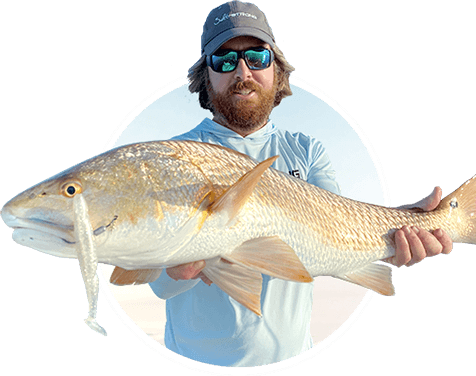
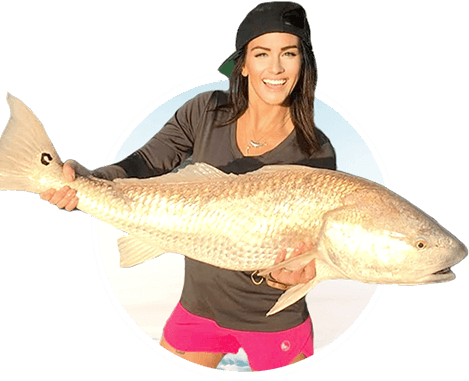
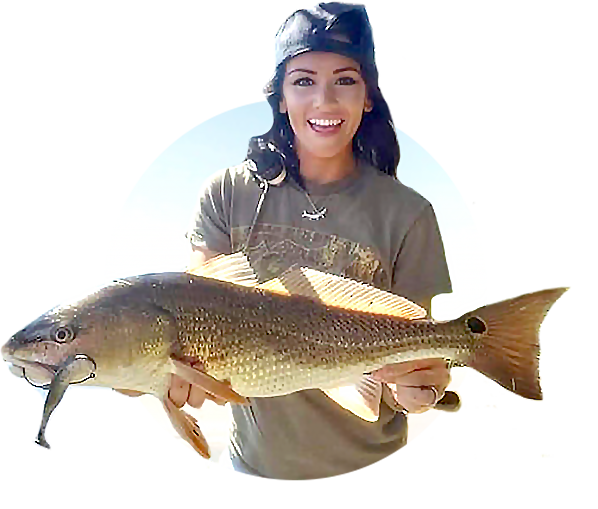
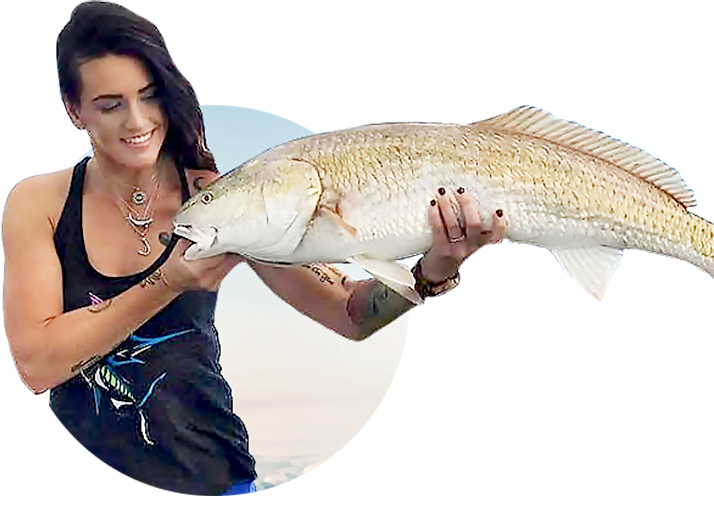

Another clear post Tony. I’m with you on a lighter leader especially if you’re fishing deep rough structure where almost everyone loses rigs. Those big ones represent the future stock.
When using circle hooks for live bait obviously the size of your hook depends on the size of your bait, however what do you think is a good “do it all” size hook for fishing live bait? Just looking for a ballpark.
I would say a 3/0 can get the job done for a lot of baits from shrimp to finger mullet and cut mullet.
Tony you always have interesting and clearly understood information to present thanks, BTW I have used a Carolina rig for under docks and places where I know there are reds, I will try this new rig. Thanks and Best Regards Russ
Thank you for the great feedback Russell! This can be great for docks since it keeps the bait in a confined area. I also like to use a heavy jig head around structure like that as well with cut bait.
This is the same rig I’ve been using successfully with cut bait, but I use a bead, rubber stop, and swivel clip on the end of the main line (braid). I tie a Surgeon’s Loop on the leader so that I can easily clip/unclip it when switching rigs, especially when I’m kayak fishing at night, and I don’t want to turn on my headlamp.
I started using lighter leader than main line when I pulled in a fish last year that had something like 20 ft of old fishing line coming out of its mouth. I have never heard of anyone else employing this “backwards” strategy… so I’m glad to hear Tony recommending it, especially for a rig that could potentially leave a heavy sinker hooked to a fish that has broken off.
Thank you for the awesome feedback Andy! Great info as well!
What is the best for flounder
Jo: Flounder don’t usually eat cut bait in my experience, so this rig doesn’t really apply. I’d recommend slowly jigging a Gulp lure.
From someone who knows little and just learned palomar. Why can’t you use palomar to fix weight to proximal end of leader and skip swivel?
The palomar knot is for connecting terminal tackle to your leader or mainline. Not a line to line knot.
GREAT Red at the end of the video!
Thanks David!
Great Tip
Thank you Nick!
I think the rig is good for what you mention casting to a specific location. However 1 other downfall beside what you mention is the sinker can spook weary fish. but it is worth a try.
When a fish bites the hook and bites off the hook ( swims off with the hook in its mouth)
how long does it take for the hook to dissolve in the fishes mouth?
Hey Ron! That can be tough to determine because it will depend on the size of the hook and the material it is made out of. Larger (thicker) hooks will take longer and also avoid using stainless steel hooks.